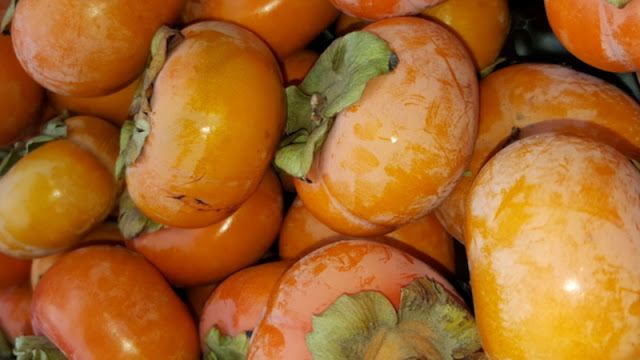Try this experiment at home: drop a
supermarket tomato off the counter and see if it gets damaged.
I inadvertently performed this
experiment on some plum tomatoes I was using for a red lentil dish. Nope, they
emerged unscathed.
We all value resilience, of course, but this is a little
ridiculous – and an echo of the description in the book Tomatoland of Florida-grown supermarket tomatoes falling off the truck and remaining dent-free. (And I don't mean to imply that this is the worst attribute of supermarket tomatoes, grown in nutrient-free sand, doused in eye-popping amounts of pesticide and harvested under slavery-like conditions. But, yes, there are times when I still buy them.)
I went ahead and used
these tomato-bots – I pumped up the tomato flavor with tomato paste and enjoyed
the texture and slight sourness the supermarket tomatoes contributed to the
dish.
But using tomatoes in a cooked lentil dish is one thing; a fresh salad is another. Are there viable tomato
options for a salad in December?
Enter the kumato.
The kumato tomatoes were delicious in a chopped garden salad, and earned a lot of "How did you manage to pull off a decent salad with winter tomatoes?" compliments. The green and brown hues of the tomatoes got lost in the normal exuberance of a salad. I give the kumato high grades for taste.
But of course it's hard to be unique - even if you're trademarked as such.
Sacher tomatoes, seen here at a farmer's market, are probably mistaken for heirlooms by most shoppers, simply because of their context. But like kumato tomatoes, sachers are carefully cultivated hybrids. Even their name is carefully selected: "Sacher" is intended to connote the chocolately deliciousness of a sacher torte. As we saw with apple breeding, taste is just one part of the package - the most successful products are also hardy and memorable in the marketplace.
Kumato tomatoes can cope with their farmers' market rivals (and so far, I haven't seen sachers make the leap out of the farmers' market). In fact, the better-because-they're-odd farmers' market varieties help give kumato tomatoes their street cred. But the success of one supermarket "European brown gourmet tomato" can't help but spawn imitators.
Watch out kumato - brunetta's right behind you.














